Uncategorized
-
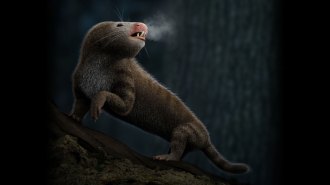 Paleontology
PaleontologyMammal ancestors’ shrinking inner ears may reveal when warm-bloodedness arose
An abrupt shift in inner ear shape of mammal ancestors 233 million years ago, during a time of climate swings, points to evolution of warm-bloodedness.
-
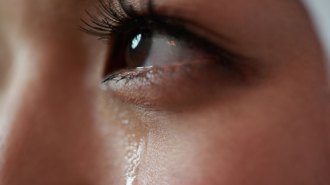 Health & Medicine
Health & MedicineA new technology uses human teardrops to spot disease
A proof-of-concept technique to analyze microscopic particles in tears could give scientists a new way to detect eye disease and other disorders.
By Meghan Rosen -
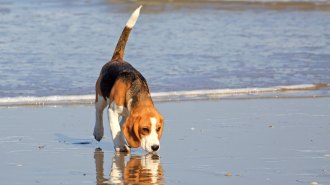
Dogs are great sniffers. A newfound nose-to-brain connection helps explain why
A new anatomical description of how smell works in a dog brain shows why they’re such good sniffers.
-
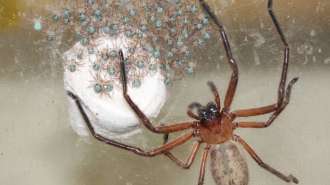 Animals
AnimalsThese huntsman spiders do something weird: live together as a big, happy family
Five unusual species of spider moms let youngsters live at home way past the cute waddling baby phase.
By Susan Milius -
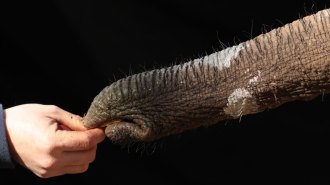 Life
LifeThe top side of an elephant’s trunk stretches more than the bottom
New research on elephant trunks could inspire different artificial skins for soft robots.
By Meghan Rosen -
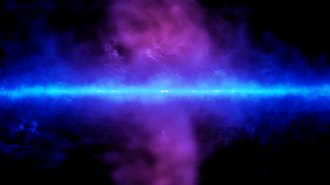 Astronomy
AstronomyClouds in the Milky Way’s plasma bubbles came from the starry disk — and far beyond
Gas clouds in the Fermi bubbles have a wide range of chemical compositions, suggesting some may have been ripped from other galaxies.
-
 Environment
EnvironmentUnderground heat pollution could be tapped to mitigate climate change
Data from thousands of groundwater well sites in Europe reveal that more than half of the locations possess usable underground heat.
By Nikk Ogasa -
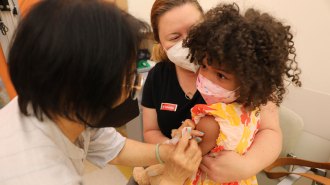 Health & Medicine
Health & MedicineHere are experts’ answers to questions about COVID-19 vaccines for little kids
Pediatricians recommend that parents vaccinate their kids, toddlers and babies against COVID-19 to protect them from coronavirus infection.
By Meghan Rosen -
 Astronomy
AstronomyA fast radio burst’s rapid, steady beat offers a clue to its cosmic origin
Amped-up neutron stars, pairs of magnetically entangled neutron stars or magnetar quakes could explain a three-second-long train of radio blips.
-
 Animals
AnimalsDo gophers farm roots? It’s not as clear as viral articles claim
Pocket gophers aerate and fertilize the soil in a practice that encourages rudimentary food production, researchers claim. But not everyone agrees.
-
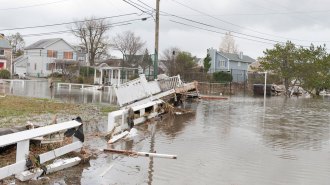 Science & Society
Science & SocietyIn the battle of human vs. water, ‘Water Always Wins’
In her new book, environmental journalist Erica Gies follows people who are looking for better solutions to extreme droughts and floods.
-
 Tech
TechThis octopus-inspired glove helps humans grip slippery objects
The human hand, for all its deftness, is not great at grasping slippery stuff. A new glove aims to change that.